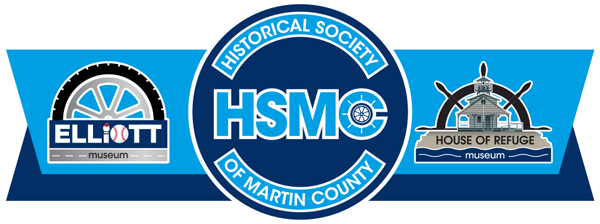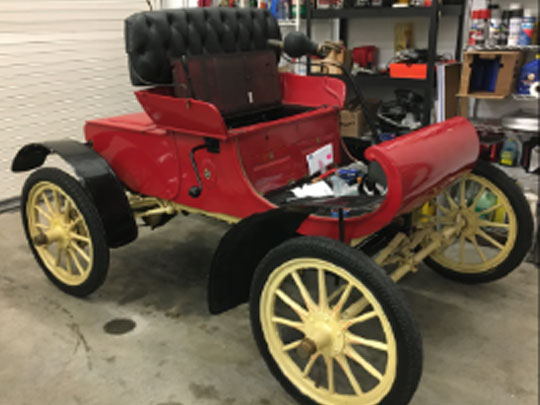About this vehicle
In 1899 Ransom Eli Olds re-organized the Olds Motor Works with financial backing from Samuel L. Smith. Mr. Smith wanted to relocate the business from Lansing to Detroit, Michigan where a new factory was built to manufacture Olds vehicles. Several prototype models were being evaluated when, in 1901 the new facility burned to the ground. It is said that the Curved Dash prototype was the only vehicle that was saved from the fire. Whether this is true or not, management decided to focus on the Curved Dash model to get back into production as quickly as possible.
Olds was a pioneer in the use of interchangeable parts and assembly line production techniques. He believed that an inexpensive, volume production car like the Curved Dash model would be best suited to the economies of scale generated by these production methods. The Curved Dash proved to be a simple, inexpensive, rugged, reliable, and very high-quality little car. It is the first mass-produced automobile. By 1903 the Curved Dash Olds was one of the best-selling cars in America. The model was in production from 1902 through 1907 with over 19,000 built.
The Elliott Museum’s car was made in 1905. It uses a seven horsepower single-cylinder, water cooled engine and a two-speed planetary transmission. A tiller is employed for steering. Brakes are on the rear wheels only. No top or instruments were provided though a minimal top could be purchased at extra cost.
Specifications:
- Engine: One-cylinder gasoline power, water cooled, 95 cubic inch (1,560 cc)
- Horsepower: 7
- Transmission: Two-speed planetary
- Original price: $650.00

